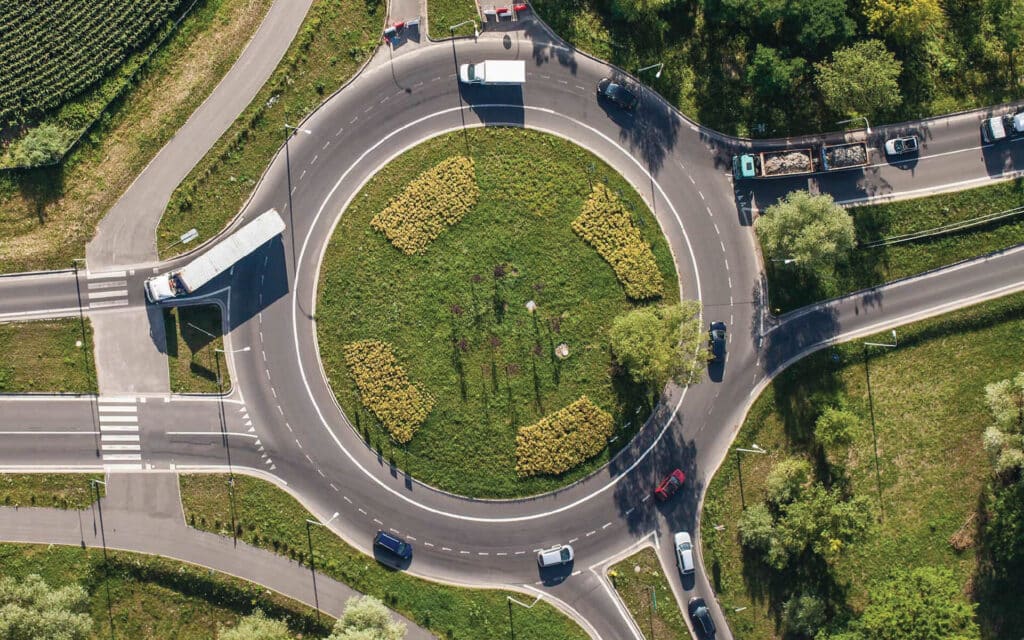When the weather gets cold, it affects both your vehicle and the roads you drive on. If you live in a place with lots of ice and snow, the roads are likely salted, sanded, or plowed, and you likely put studded tires on your vehicle in the wintertime. If snow and ice are less frequent where you live, then driving in snow and ice can be much more dangerous, and you’ll need to be extra careful when those conditions occur.
Warm up your car before driving
Make sure you have thoroughly defrosted and scraped all your windows, and removed any snow from the top and front of the car before driving. Not only will this ensure that you can see out of your car, but it will also prevent snow from blowing off your car onto vehicles behind you.
Maximize your traction on turns
Both turning and braking require traction, which is why in slick conditions it is recommended that you don’t brake and turn at the same time. If you are making a turn, it is safest to slow down before the turn itself. This will mean coming to a near stop before you make the turn.
Beware of black ice
Even at temperatures above freezing, if the conditions are wet, you may find ice that is hard to see in shady areas or on roadways exposed to the cold air from both above and below, like bridges. The same rule applies here: try not to brake and turn at the same time.
Deal calmly with skids
You may have heard the advice “steer into the turn,” but it’s not always easy to tell which direction that might be. A better way to approach skids is by following these simple steps:
- Avoid sudden moves.
- Ease off the gas and apply brake pressure slowly.
- Steer in the direction you want to go.
Increase your following distance
You never know what the person in front of you will encounter on the road, or if they are driving defensively. Give yourself plenty of space to stop if they suddenly do. Under normal road and weather conditions, we recommend a 3-4 second following distance, so in snow and ice you should increase that to at least 5 seconds.
Also, don’t try to pass snow plows or sanding trucks. You’re likely to find the road in front of them worse than the road behind.
Don’t spin your wheels
If your vehicle gets stuck in the snow, don’t spin your wheels. This will only dig you in deeper. Instead, turn your wheels from side to side a few times to push snow out of the way. If you have one, you can use a shovel to clear snow away from the wheels and the underside of the car. Putting sand, cat litter, gravel, or salt in the path of the wheels, or deflating your tires slightly can help you get traction (remember to re-inflate your tires afterwards!). Shift from forward to reverse, and back again, until you’re able to get out.
Don’t get lost in the snow
If you become stranded in snowy conditions, do not leave your car unless you know exactly where you are, how far it is to a safe location, and you are certain that leaving your car will improve your situation.
Prepare your vehicle for winter
If you haven’t yet, it’s never too late to prepare your vehicle for winter weather! Check out our article on winter driving prep for some “cool” tips!




